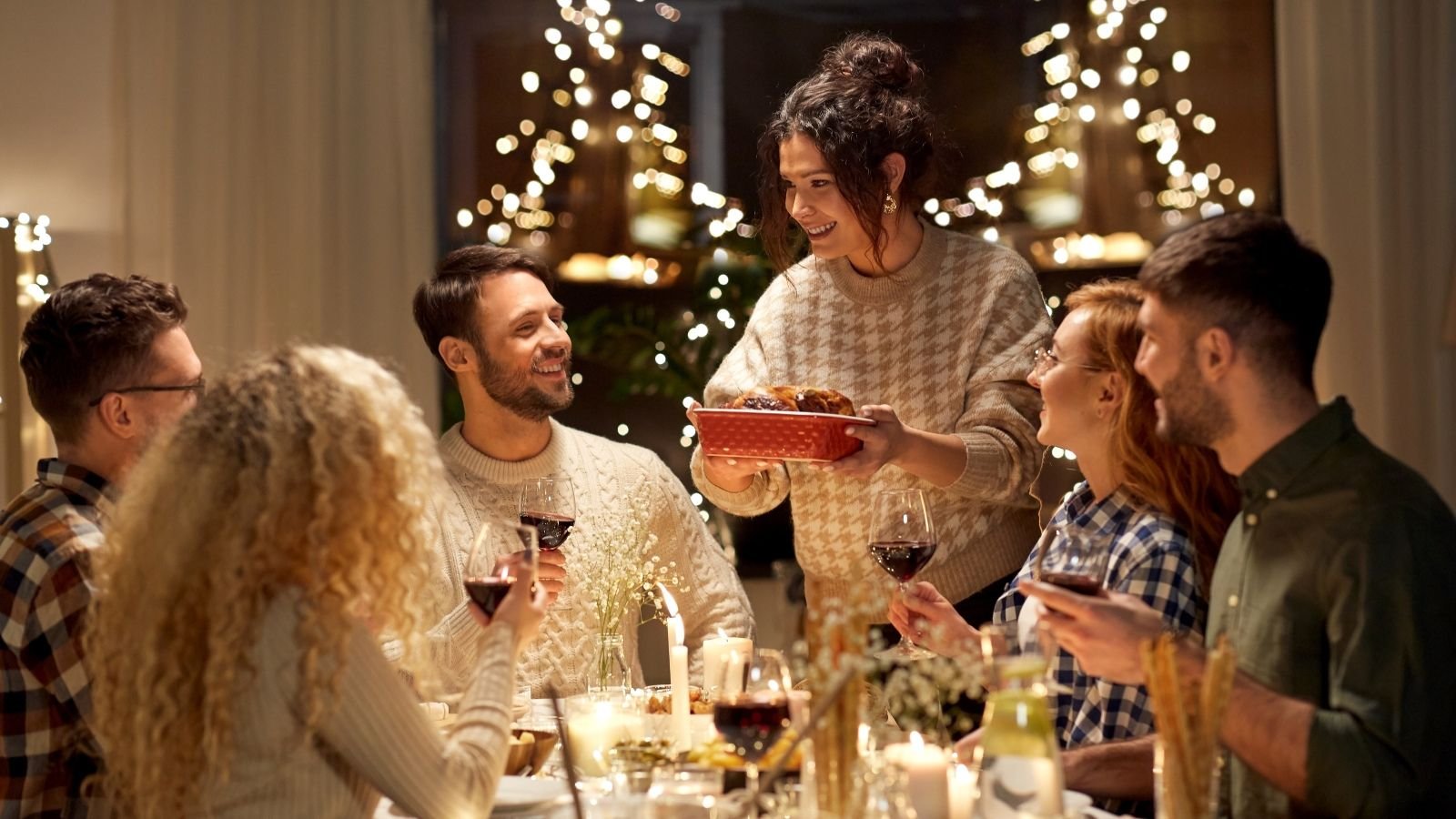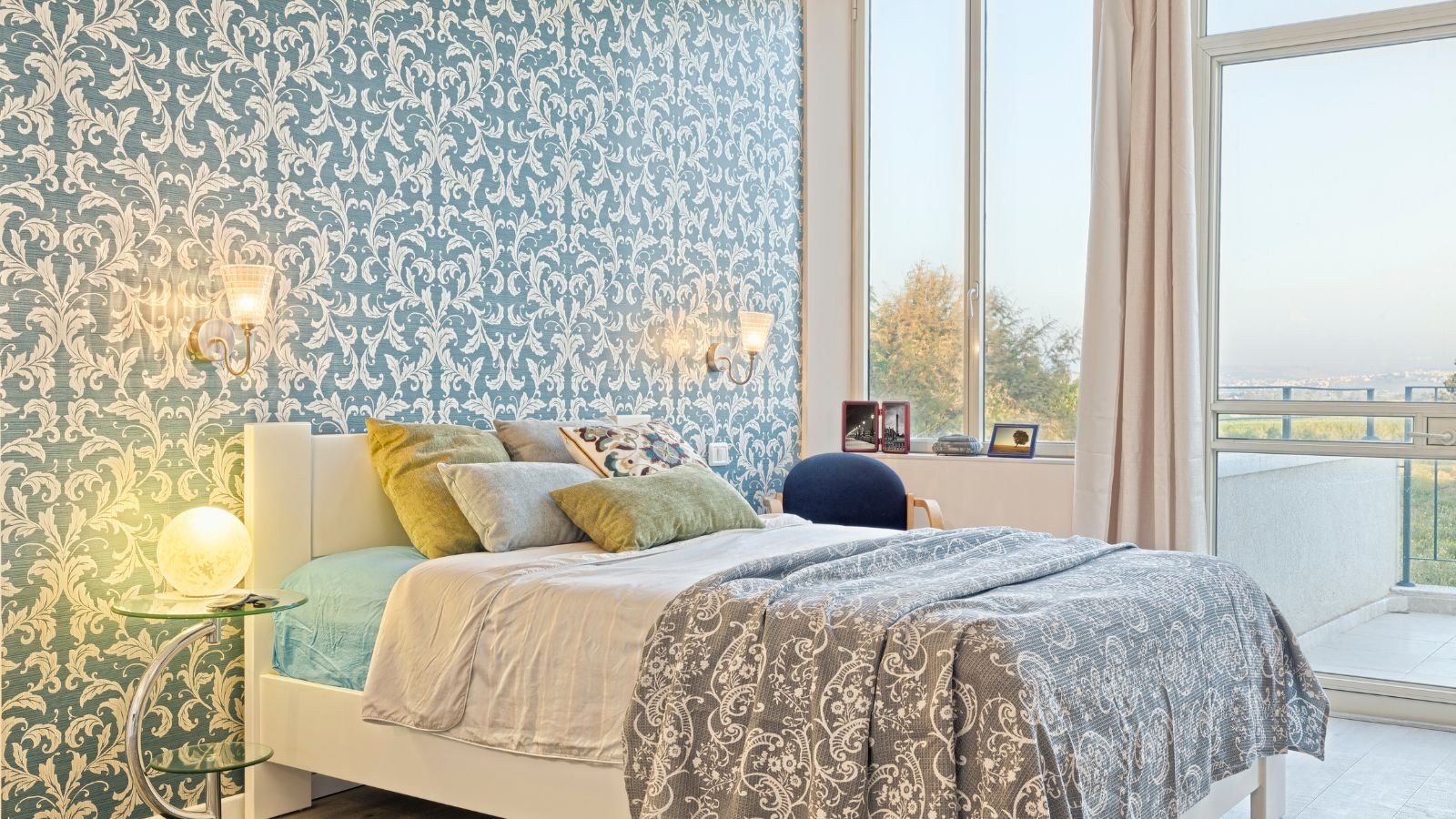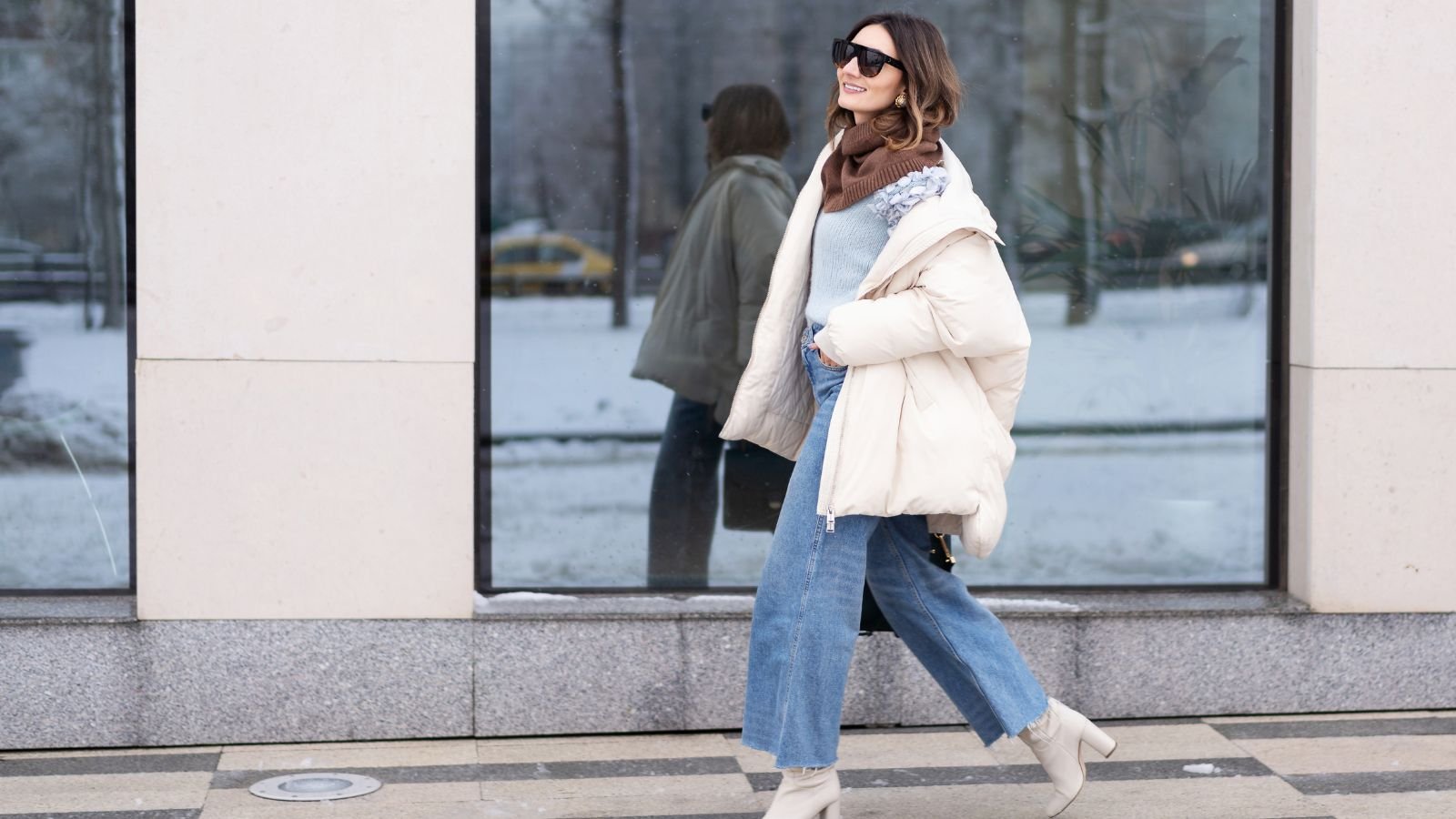The 1950s in the United States was a period when etiquettes were a big deal in society. People expected each other to display the best polite manners in everything they said or did. While good etiquette is always welcome, many seem old-fashioned in the modern era.
Let’s look at 12 etiquette rules that are a thing of the past.
Family Approval in Dating

In the 1950s, men had to follow a dating protocol to pursue women. They would call the lady’s house, seek permission from her parents to take her out, and then meet in the presence of family or friends.
Nowadays, dating couples only introduce each other to their parents if they are serious about their relationship.
Appropriate Restaurant Date Behavior

It was customary for men to act chivalrous and women to be demure. Women didn’t have the liberty to order for themselves – they had to allow their male companions to do it. Women also had to stick to eating certain foods such as asparagus, fruits, bread, and cheese in a specific manner. Moreover, it was men’s responsibility to foot the bill.
The contemporary couple believes in dating as equals. For example, a survey found that 38% of people in the initial stages of a relationship would like to split the bills equally.
Escorting Women on the Left

There was ‘the lady’s side’ rule that men had to follow while escorting women. They had to keep their female counterparts on their left arm on a sidewalk. This rule helped men keep their right arm free to ward off any dangers and protect women.
No one abides by this patriarchal etiquette today. Women are capable of safeguarding themselves.
Visible but Unvocal Children

New-age parents are keen to develop their children’s social skills and encourage them to mingle with guests. The parents of the 1950s believed otherwise. They expected children to adhere to discipline. Children had to maintain silence and remain in the background unless asked to speak or show up.
Formal Dining at Home

In the 1950s, all family members wore formal attire for routine family dinners. They made the dinner table appear presentable and enjoyed an elaborate multi-course menu. The dos and don’ts of table manners were taken seriously.
The family suppers in the present times are no longer so formal. People have shifted to quick-fix meals, relaxing outfits, and a ‘mind your business’ or ‘me-time’ philosophy. Formal dinners are reserved for special occasions.
Church Sundays

Sundays in the 1950s were a time to socialize religiously and put your best fashion foot forward. People wore their ‘Sunday Best’ dresses as they visited churches and participated in different activities.
Nowadays, people don’t need Sundays to pull out their nicest clothes from the wardrobe. Further, Sunday church attendance is gradually fading among people. About 40 million Americans have quit churches and other religious institutions in the last quarter of a decade, citing reasons such as ‘inconvenience’ or ‘family change’.
Separate Marital Beds

It was customary for elite married couples to sleep on twin beds or in separate rooms. This was a mark of social status, as they owned a big house and could afford to indulge in personal spaces.
Today, such sleeping arrangements usually indicate relationship issues or a lack of intimacy between couples.
Hats Mandatory for Men

In the olden days, a man without a hat was regarded as informally dressed. The type of hat they wore indicated their social strata. There were also rules for putting on and removing the hat. For instance, men had to tip their hats to greet. They had to remove hats during a funeral as a gesture of respect.
Today, hats are rarely worn as part of day-to-day attire. They are considered casual or holiday fashion, and no etiquette is expected around them.
Pants for Women Unacceptable

Women’s fashion in the 1950s primarily comprised skirts, dresses, and other feminine silhouettes. While a small section of women wore pants for functionality and practicality, especially at workplaces, it was considered nonconformance.
Today, women exercise their choice to wear as they please.
Thank You Notes

It was obligatory to send handwritten gratitude notes to people after receiving a gift or attending an event. This valuable custom helped people establish social connections.
Unfortunately, thank-you notes are now a long-lost art and a relic in the digital age.
Calling Cards

Calling cards or visiting cards were a much-required social etiquette. People could present their cards as a formal introduction at events or leave them at a house in the occupant’s absence.
These days, few people carry paper cards. They prefer to share a digital contact or send a message on social media apps.
No White After Labor Day

Although an unwritten etiquette, people were forbidden from wearing white garments between Labor Day (the first day of every September) and Memorial Day (the last Monday of every May). It was believed that September marked the end of summer when it made sense to wear white to stay cool in warm weather. Due to fallen leaves and snow, white clothes became high maintenance during colder months.
This rule is practically nonexistent today. White is considered an all-season color in the fashion circuit. The fact that white is available in more than 100 shades makes it more fascinating for people to wear it around the year.
